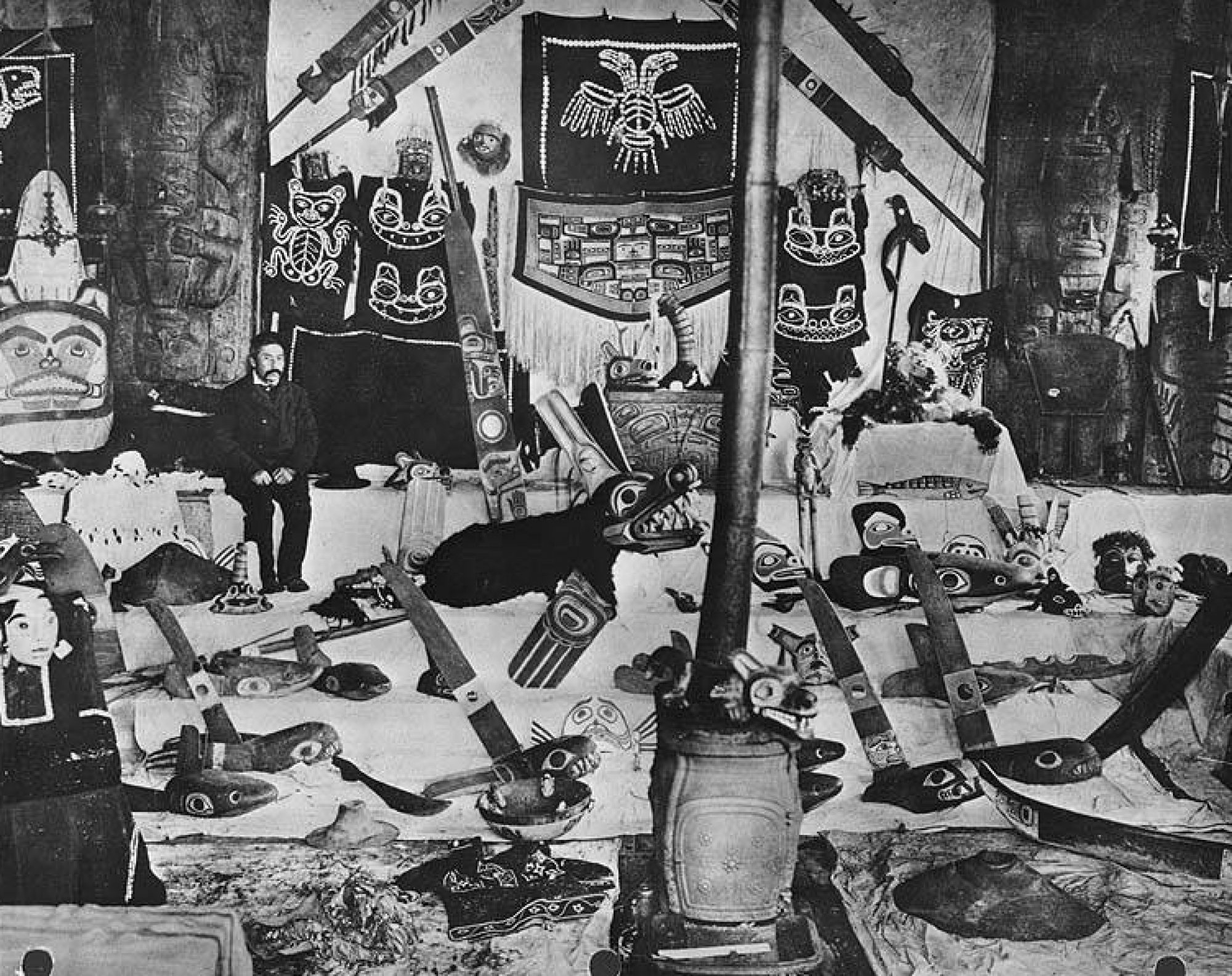Biographical Timeline | Leadership Qualities | Bear Ears National Monument | References
Selfless
Carl Gorman lived a life of selflessness, and it can be seen in everything he accomplished in his life. In the late 1930’s Carl Gorman began what would be a lifelong pursuit of advocating for his people by working with the United States government when trading prices and practices became unfair. While serving in the military in the 1940’s during WWII , Carl and other Navajos serving often faced discrimination from their superiors. Once Carl showed his selflessness and desire to protect his people by standing up to their particularly abusive drill sergeant, knowing full well he could be severely punished for doing so.
In Carl’s postwar life he continued to be selfless by participating in his community and trying to preserve his native culture. In 1948 Carl helped form the Navajo Club, an organization designed to socially and monetarily help urbanized Navajo’s prosper. He continued his selflessness in the 1970s by teaching at UC Davis and the Navajo Community College because he recognized the importance of education, especially within the Navajo community.
Brave
Carl Gorman primarily displayed his bravery as a leader with his service as a Navajo Code Talker during WWII. Joining the military itself was an act of bravery, as the United States government has a long a tumultuous history of disrespecting native peoples, especially Navajos. A large part of WWII was the ability to intercept and decipher enemy codes, and the code developed by the Navajo servicemen in their own indecipherable,unique language gave the US a significant advantage
Carl Gorman and the other Navajo Code Talkers risked their lives by entering the war, for in the heat of the moment they were often mistaken for the Japanese enemy or captured and killed while relaying messages. While if was not common for the Code Talkers to be placed directly into combat, it was not entirely unheard of. Some of the Code Talkers died in the war fighting or under ambushes, and Carl faced possible death every day he continued to serve.
Respectful
Carl had an immense amount of respect for his culture, and he tried both to preserve its traditions within the community and to educate other non-Navajos about his customs. He first reached notoriety outside of the Navajo community with his art and paintings. This fame allowed him a platform to educate through his work.
Carl also showed respect for his culture during his service during WWII. Himself of and many of the other Navajo Code Talkers brought their culture with them in protection rituals and ceremonies that they shared with the other non-native soldiers. Carl also used his platform as a professor at UC Davis in the 1970s to teach about native culture and history to help spread awareness for his people. Within his community, Carl showed respect for his culture by recording and writing down over 1000 stories from Navajo elders. Carl allowed this previously oral tradition and culture to become more solidified.
Why These Qualities?
For inspiration of qualities of a leader that best describe Carl Gorman, we turned to the values of the U.S. Army. These values include loyalty, duty, respect, selfless service, honor, integrity, and personal courage. Being a solider, Carl Gorman certainly has qualities of bravery. Another part of what makes him a leader is his lifelong commitment to selfless acts. He demonstrates this through both his military service and his actions taken to preserve the Navajo culture. His third leadership quality, respectful, comes from how he presented himself within the Navajo community and to the outside world. He had an immense amount of respect for his culture, and he was open and respective of sharing that culture with others.

